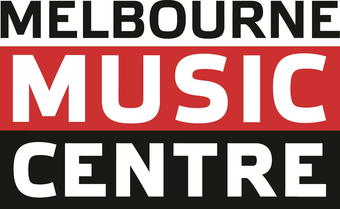Major and minor chords play distinct roles in chord progressions, contributing to the emotional and tonal qualities of a song. Understanding the relationships between major and minor chords in a progression is crucial for creating musical depth and emotional impact. Here's an explanation of their relationships within chord progressions:
-
Major Chords:
- Major chords typically evoke feelings of brightness, happiness, and stability. In a major key, the I, IV, and V chords are major chords, providing a sense of resolution and tonal stability. For instance, in the key of C major, the C, F, and G chords are major chords (I, IV, V).
-
Minor Chords:
- Minor chords, on the other hand, often convey emotions of melancholy, introspection, or depth. In a major key, the ii, iii, and vi chords are minor chords, adding color and emotional depth to the progression. In C major, the Dm, Em, and Am chords represent the ii, iii, and vi chords, respectively.
-
Relationships Between Major and Minor:
-
Tonal Center and Relative Minor: Every major key has a relative minor key sharing the same key signature. For example, the relative minor of C major is A minor. Progressions can smoothly transition between major and its relative minor, creating a sense of emotional variation.
-
Modal Interchange: Mixing major and minor chords from the same key or borrowing chords from a parallel key (same root note but different tonality) can add complexity and emotional depth. For instance, borrowing the Am (vi) chord from the parallel minor key while in C major can create a sense of introspection or tension.
-
Substitution and Modulation: Musicians often use minor chords as substitutes for major chords to create a change in mood or texture within a progression. Additionally, modulation to a parallel minor or major key can significantly alter the emotional feel of a song.
-
-
Emotional Context and Progression:
- The transition from major to minor or vice versa within a progression can evoke emotional contrasts. For instance, switching from a series of bright major chords to a minor chord can add depth or tension, while returning to a major chord can provide resolution and closure.
-
Melodic Variation and Songwriting:
- Composers and songwriters often use the interplay between major and minor chords to create melodic variation, add emotional nuances, or create contrast within a song's sections (verse, chorus, bridge, etc.).
Understanding the interplay between major and minor chords in a progression allows songwriters and composers to manipulate emotions, add depth, and create dynamic and engaging musical compositions that resonate with listeners on an emotional level.

